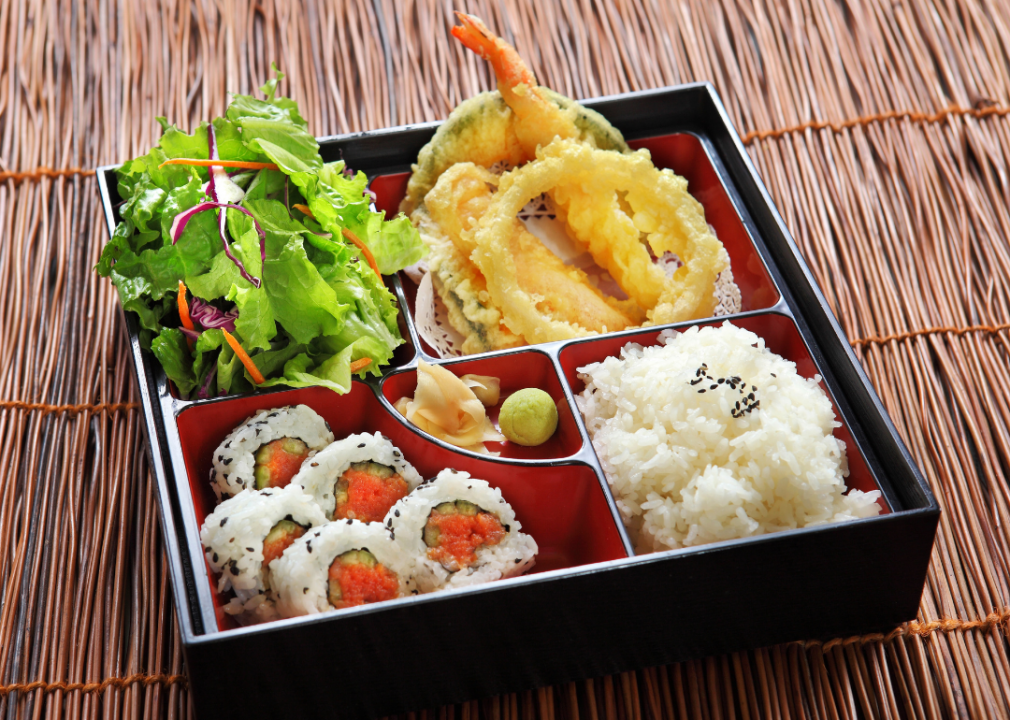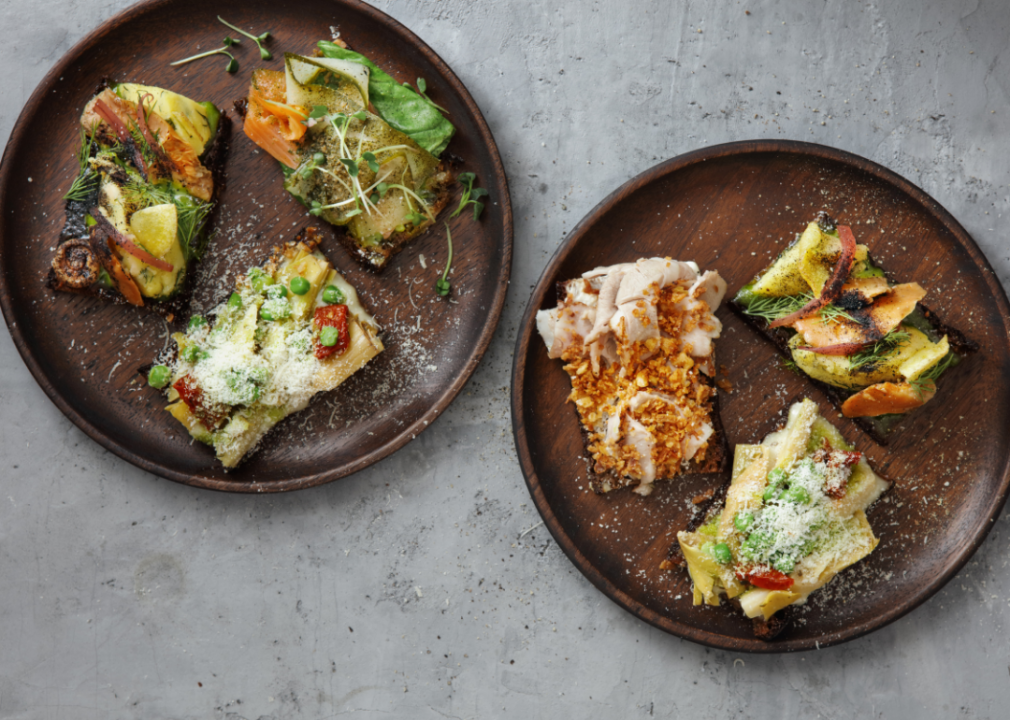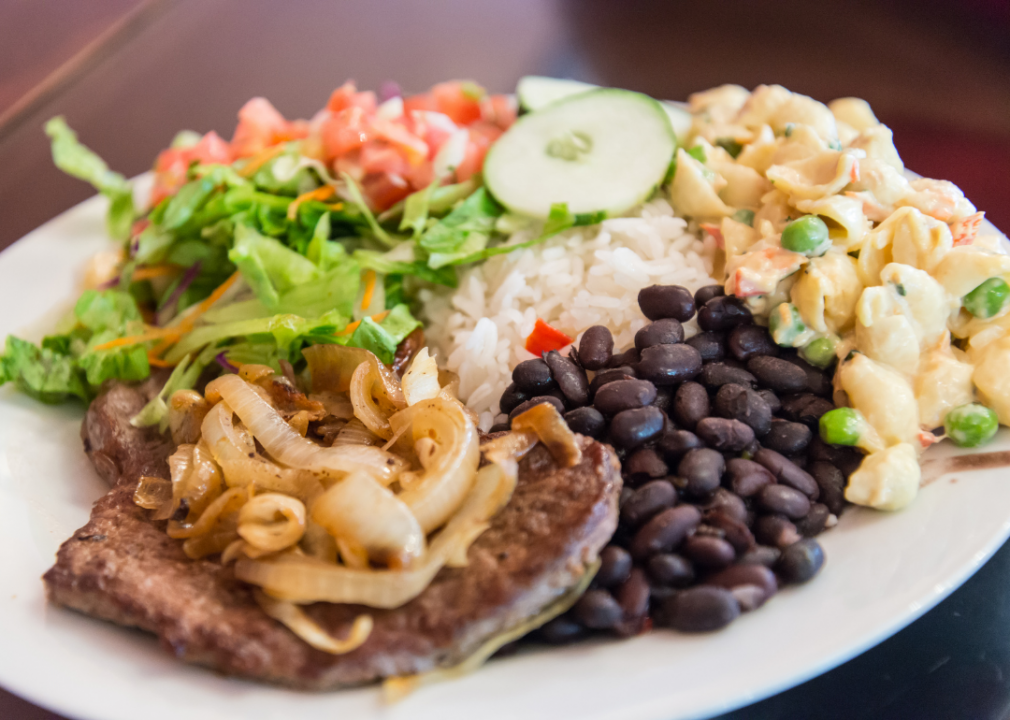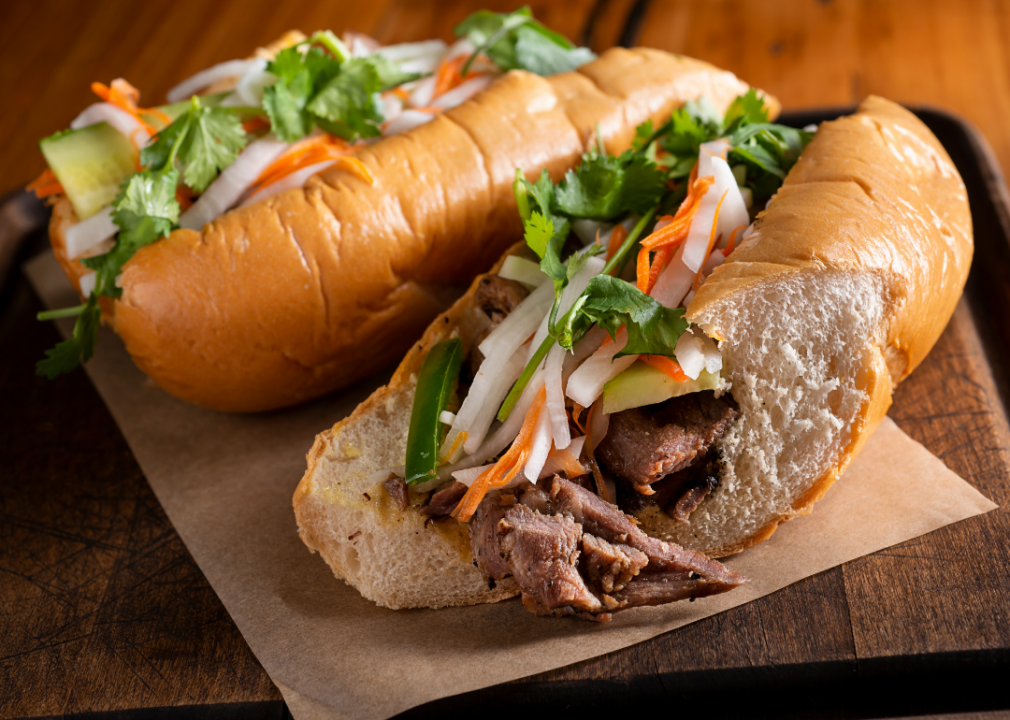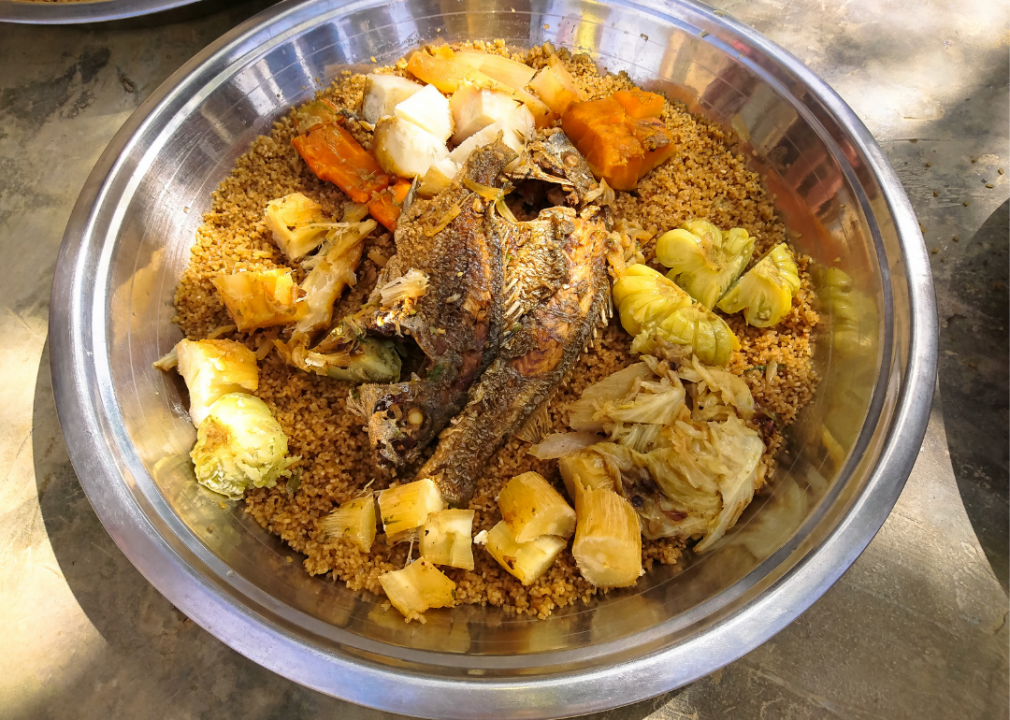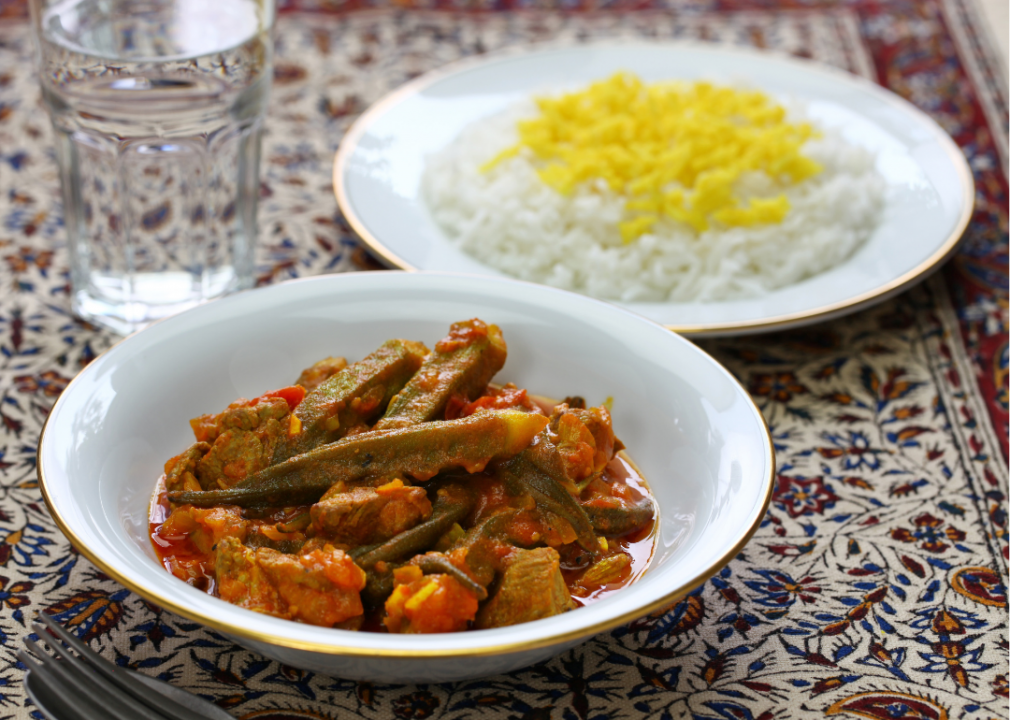Lunch looks different around the world. Cultural factors influence not only what foods make up a typical lunch, but how heavy the meal is.
In many European countries, for example, lunch is the biggest meal of the day, while dinner and breakfast are often lighter. Local crops also hold significant sway when it comes to popular lunch options and the specifics of each dish.
The length of lunch breaks also varies depending on the section of the world you live in.
Many lunches consist of a main dish or entrée that is fast and convenient. Lunches can be compartmentalized and broken into carbohydrates, vegetables, and meat or fish—bento boxes in Japan are one such lunch. They can be eaten at local sodas (small cafes), as they are in Costa Rica, or delivered by tiffin wallahs, as they are in India.
In the U.S., lunch has changed significantly over the past centuries, particularly when it comes to how workers eat their lunches.
One of the defining moments came with the Industrial Revolution, which drove workers from rural to urban areas and from home or the farm to the factory. Lunches had to be affordable, convenient enough to pack, and filling enough to carry workers through until dinner.
With the rise of corporate America, lunch saw another shift. Whether it was for business or pleasure or a bit of both, lunch became an integral part of corporate culture. Many employers saw lunch as a time to gather employees, using company lunches with free food to motivate or bring them together.
Recently, the COVID-19 pandemic forced workers out of the office and back to their homes. The social aspect of lunch was lost when employers began working from home. As workers return, the masking and social distancing requirements may force people to avoid packed corporate cafeterias and other lunchtime hot spots.
Thistle compiled a list of global lunches popular in 10 countries around the world, from India to Brazil. Read on to discover the different lunching customs on a global scale.
Canva
Japan: Bento box
In their earliest form, bento boxes date back about a thousand years ago to the Kamakura period (1185 to 1333) and were used for carrying rice. The signature lacquered wooden box came about in the late 16th century and became a way to pack lunches.
A recent surge in popularity has introduced the bento box to mainstream culture, which has prompted U.S. retailers to sell these compartmentalized lunch boxes.
A typical box includes several dishes, including vegetables, rice, and some sort of meat or fish. There are several different types of bento, including Kyaraben, which features pop culture characters like Hello Kitty, and Noriben, which is a simple bento containing less than four ingredients.
From traditional lacquered wood to plastic and bamboo, bento boxes come in a variety of materials and shapes and often include accessories like chopsticks and utensils.
Canva
India: Tiffin box
Tiffin boxes trace their origins to British India and have a long history.
While they come in many different sizes and shapes, traditional tiffins are round and come with three to four stacking compartments, with the bottom layer holding the meal's carb, which is typically naan, rice, or another bread. The next layer holds a pickle or salad, while the final compartment holds the protein, such as curry.
Another essential element of a tiffin box is that it comes with a firm, tight-fitting lid, a carrying handle on top, and a side clip, all of which help to avoid spillage. Not only can these versatile boxes pack lunches, but they can also hold snacks or treats. A popular lunch option in India, tiffin wallahs deliver these home-cooked lunches to Indian office workers and have been lunchtime delivery servers for over a century.
Canva
Denmark: Smørrebrød
Pronounced “smuhr-broht,” these open-faced sandwiches are so much more and translate to "butter bread."
Often featuring pickled herring, shrimp, or another fish, and horseradish cream or cheese, all placed atop a thin layer of rugbrød, a sourdough rye bread packed with cracked whole grains and seeds, they can come in a variety of sandwich combinations.
The order of the placement of foods is important—it should be herring first, followed by another fish, meat, and finally, cheese, and the bread should also be buttered.
Historically, these delectable Danish sandwiches were hearty, budget-friendly lunch options for late 19th-century factory workers who used leftovers to tide them over until dinner. This sandwich can be paired with blue cheese or several slices of pear and should be eaten with a fork and knife.
Canva
Costa Rica: Casado
Casado means marriage, which is exactly what this dish offers: a marriage of many foods in one meal.
Traditionally, this includes black beans, rice, meat or fish, veggies, and a salad like coleslaw or iceberg lettuce. This large meal is often offered at lunch, which is the biggest meal of the day since Costa Ricans typically have a small dinner. Simple and affordable to make, this popular Costa Rican meal can easily feed a large family.
Casados can also be served with eggs, plantains, and vegetables. Sodas, which are local cafes, offer a wide variety of casados at a budget-friendly price.
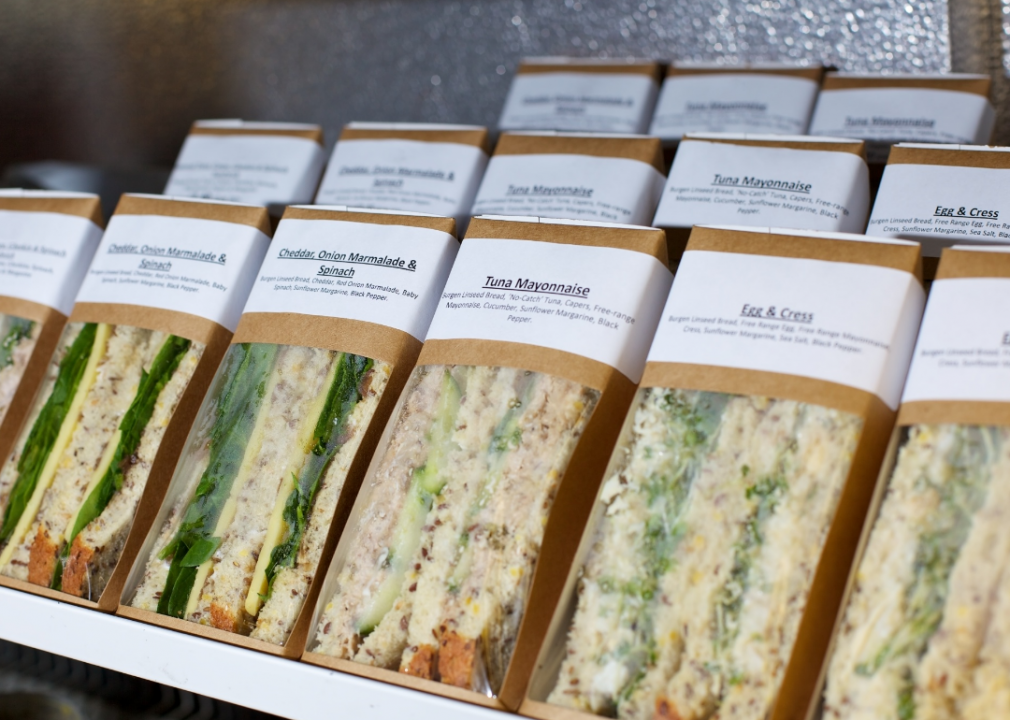
Canva
England: Grab and go sandwiches
These chilled, packaged sandwiches offer a grab-and-go meal for busy workers and can be found everywhere from supermarkets to gas stations. Normally triangle-shaped, these sandwiches are a quick and affordable lunch option all over England.
According to The Guardian, these convenient sandwiches find their origins in 1980 with one of England's most well-known grocery and department stores, Marks & Spencer. They began selling simple, packaged sandwiches like egg and cress and cucumber and salmon.
Other popular variations include tuna and cucumber, the BLT, and ham and cheese or pickle—though the pickles, known as Branston pickles, are more like a condiment, and British mayonnaise is definitely tangier than that found in the U.S.
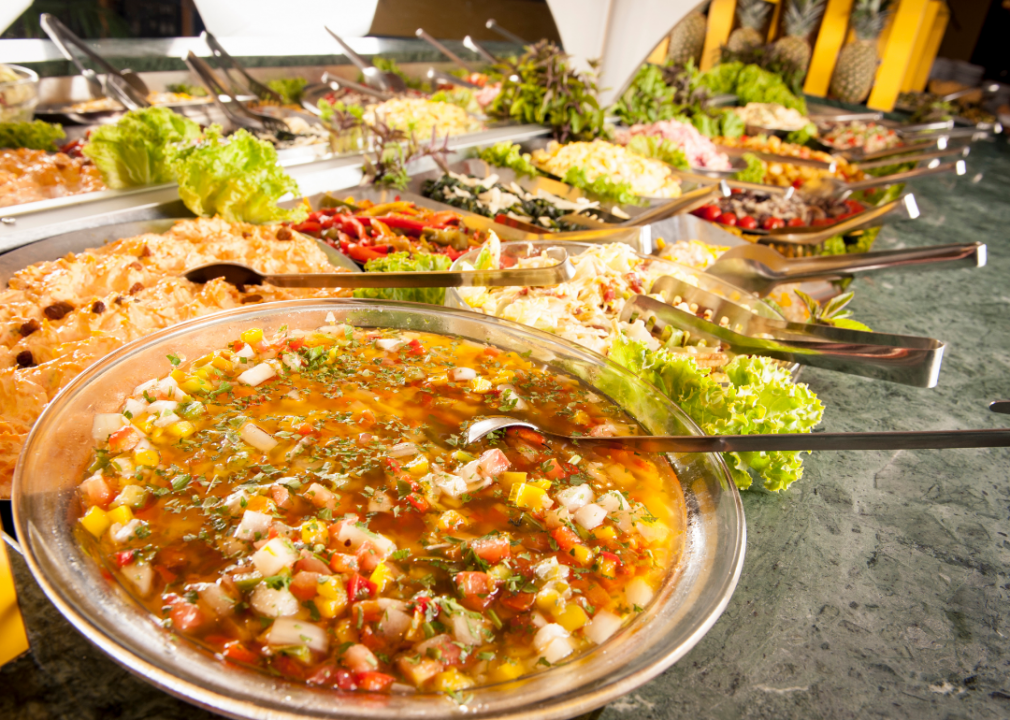
Canva
Brazil: Buffets by the pound
This popular lunchtime option, referred to as a “kilo” restaurant, offers a buffet where you pay based on how much your food weighs.
Since lunch is the biggest meal of the day in Brazil, buffet-style makes sense, as you can control how much or how little you eat. This type of lunch is convenient, affordable, and offers restaurant-quality meals with the expediency of fast food.
These unassuming buffet restaurants offer a wide array of food including salads, meats, cheeses, and traditional Brazilian fare. Once your plate is made, you weigh it and get a ticket with the price for your meal.
After you sit down and eat, you bring the ticket up and pay—but be careful not to lose yours or you’ll be charged a much higher fee.
Canva
Vietnam: Banh Mi
This Vietnamese sandwich is served with braised meat and pickled vegetables and cucumbers on a sliced and often toasted Vietnamese or French baguette.
The Vietnamese baguette is lighter because it is made with rice and wheat flour. Pâté, mayonnaise, and chili are all popular condiment options—though, for Banh Mi purists, pâté is a must and speaks to the French influence on this sandwich.
An affordable food sold on the streets of Vietnam, this delicious sandwich can be a breakfast or lunch option.
Canva
Senegal: Thiéboudienne
This traditional dish is also the national dish of Senegal. It features fish, vegetables, and rice in a tomato sauce.
Community cook Penda Mbaye often receives credit for making the first documented dish of thiéboudienne in the 19th century in Saint-Louis, Senegal. When faced with a barley shortage, Mbaye improvised with rice, which led to the creation of this hearty, flavourful meal.
Many versions of this dish exist, including thiébou guinar (rice with chicken), thiébou guerté (rice with peanuts), and thiébou yapp (rice with beef or lamb).
Canva
Iran: Khoresh and rice
Khoresh is the generic term for stew. Saffron, a costly spice, is often used in this dish and adds a distinctive flavour.
The ingredients used for this meal are based on the foods most popular and available in specific parts of the country.
The recipe variations for khoresh are endless. Vegetarian versions of this dish—which normally contain meat, vegetables, legumes, and pungent spices such as turmeric—are common.
While this is a stew, it doesn’t have a great deal of liquid and the accompanying rice is often steamed.
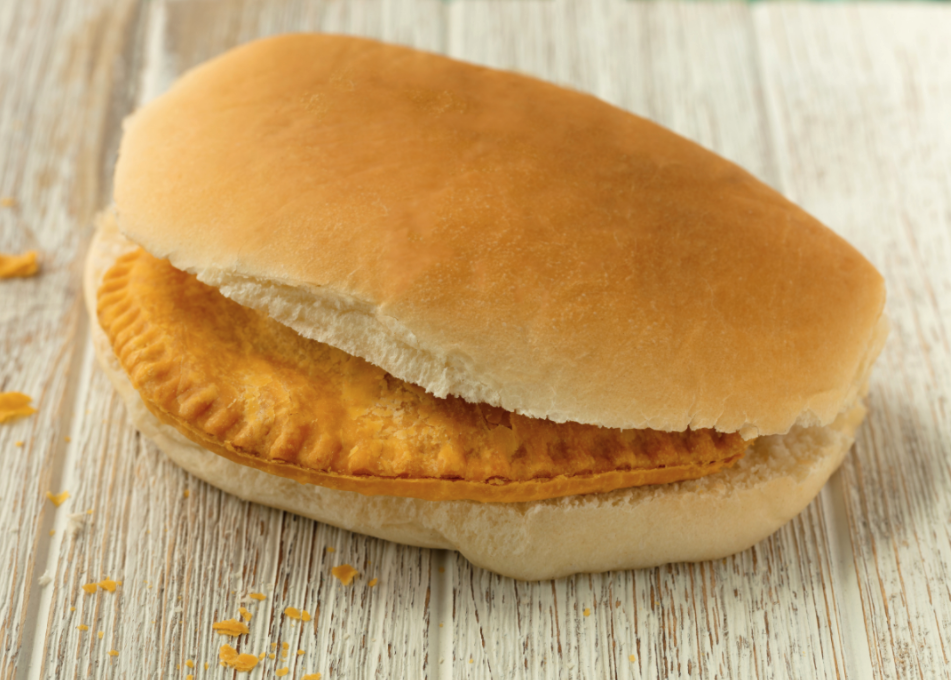
Canva
Jamaica: Patty and coco bread
This simple and traditional Jamaican lunch pairs two of Jamaica’s favourite foods.
Coco bread, which resembles an American dinner roll, is fluffy, buttery, and sweet. It is mainly made of flour and coconut milk. Coco bread can be stored in an airtight container and kept in the freezer for up to two months.
When stuffed with minced seasoned beef, it is an affordable, popular, and fast midday meal.
This story originally appeared on Thistle and was produced and distributed in partnership with Stacker Studio.

